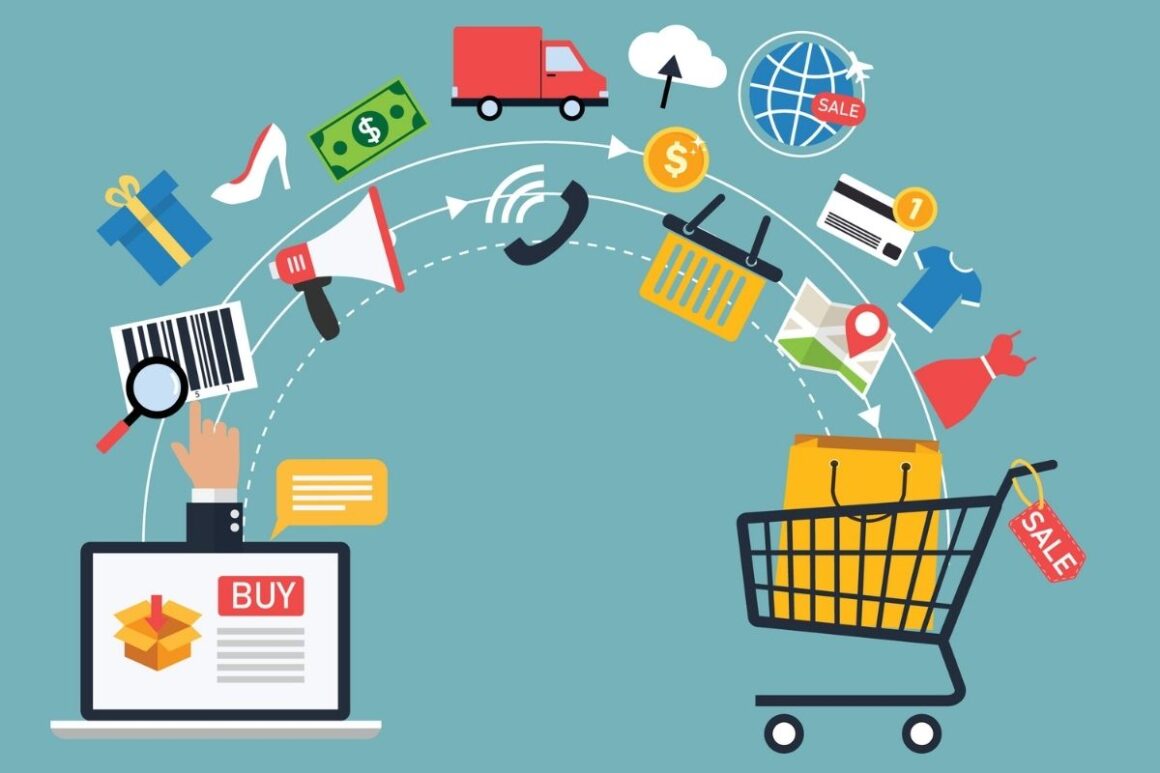When you’re selling your product online, it’s important to make sure that your customers can easily identify what they’re buying. And what better way to do this than with clear and concise product labels? In this guide, we’ll show you how to properly label your products for a seamless shopping experience. From font choices to sizing information, we have everything you need to get your labels looking perfect. So, if you want to take your ecommerce business to the next level, start by following these tips.
What is Ecommerce?

Ecommerce is the process of buying and selling products online. There are many different types of ecommerce platforms, but basically, you sell products online through an online store. You’ll need to create a product listing, add images, descriptive text, and pricing information. You’ll also need to add shipping information and choose a payment method. Once your product is listed, you can sell it through your website or through one of the many ecommerce platforms available. Ecommerce is a great way to make money online, and there are plenty of opportunities to get started.
How to Properly Label Your Products?
Product labels should be legible and descriptive. They should list the ingredients, size, and package type. When labeling products, it is important to use accurate and consistent terminology. The labeling of a product should include the following:
– Name
– Type
– Ingredients
– Directions for use
– Allergens
– Name and contact information for the manufacturer
– Date of manufacture
– Package size and weight
– Nutrition information, etc.
What Labels to Use?

Labeling your ecommerce products can make your shopping experience more enjoyable, but it’s important to use the right labels. Here are four tips for labeling your products correctly:
- Use common terms. When you’re labeling individual items, use terms that shoppers will be familiar with. For example, if you sell clothing, label items like “Sale” or “HOT new arrivals!” Don’t label an item as a “ladies blouse”.
- Use descriptive text. If there are multiple items in a single category (like clothes), include specific details about each one in the product title and description. This will help customers find the item they’re looking for faster. For example, say you have a sale on sweaters and include the following information in each sweater’s title: “50% off sweaters!”
- Avoid abbreviations and symbols. Abbreviations (like “S”) and symbols (like $) stand out and can be confusing for shoppers. If a product has more than one abbreviation or symbol in its name, list them all in parentheses after the full name of the product (e.g., “Derby Hats (S, M, L)”).
- Use keyword tags and other search engine optimization techniques to help customers find your products easier.
Wrapping Up
Labeling your ecommerce products correctly can make your shopping experience more enjoyable. By following these tips, you’ll be able to use accurate and consistent terminology, including descriptive text, and keyword tags to help shoppers find your products easier.


